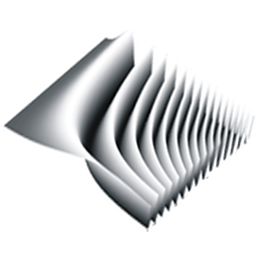|
Size: 638
Comment:
|
Size: 1479
Comment:
|
| Deletions are marked like this. | Additions are marked like this. |
| Line 2: | Line 2: |
||<<TableOfContents>>||{{attachment:ctf.png}}|| == CTF processing in 3 stages == |
|
| Line 5: | Line 9: |
| == Auto fitting == | === Auto fitting === {{{ |
| Line 7: | Line 13: |
| }}} | |
| Line 8: | Line 15: |
| == Fine tuning == | This runs auto CTF parameter determination, storing the result in a local database. |
| Line 10: | Line 17: |
| (save any changes you make with the Save Parms button) | === Fine tuning === {{{ |
| Line 12: | Line 22: |
| }}} | |
| Line 13: | Line 24: |
| == Write output == | Now that you have determined the parameters with the first command, have a look at the results in the interface. Tweak if necessary. Save any changes you make with the Save Parms button === Write output === {{{ |
| Line 15: | Line 30: |
| }}} | |
| Line 16: | Line 32: |
| The output will be in the particles directory. Also, you can supply more than one image as input to e2ctf.py. | Finally generate output. The output will be in the particles directory. Also, you can supply more than one image as input to e2ctf.py. |
| Line 19: | Line 34: |
| You can combine more than command would have worked if you had used a command like this: | == Processing multiple images simultaneously == |
| Line 21: | Line 36: |
| e2ctf takes multiple images as input, so you can use commands like this: {{{ e2ctf.py *.img --voltage=200 --apix=2 --cs=3.2 --auto_fit e2ctf.py *.img --gui e2ctf.py *.img --phaseflip --wiener }}} == Combining stages into a single command == You can combine more than one of the e2ctf processing stages into a single command. For instance you can run automated fitting and open the GUI with a single command like this: {{{ |
|
| Line 22: | Line 50: |
| e2ctf.py *.img --voltage=200 --apix=2 --cs=3.2 --auto_fit --gui }}} |
e2ctf
|
CTF processing in 3 stages
To get familiar with how e2ctf.py works, try separating the way you using e2ctf.py into three stages:
Auto fitting
e2ctf.py 1.img --voltage=200 --apix=2 --cs=3.2 --auto_fit
This runs auto CTF parameter determination, storing the result in a local database.
Fine tuning
e2ctf.py 1.img --gui
Now that you have determined the parameters with the first command, have a look at the results in the interface. Tweak if necessary. Save any changes you make with the Save Parms button
Write output
e2ctf.py 1.img --phaseflip --wiener
Finally generate output. The output will be in the particles directory. Also, you can supply more than one image as input to e2ctf.py.
Processing multiple images simultaneously
e2ctf takes multiple images as input, so you can use commands like this:
e2ctf.py *.img --voltage=200 --apix=2 --cs=3.2 --auto_fit e2ctf.py *.img --gui e2ctf.py *.img --phaseflip --wiener
Combining stages into a single command
You can combine more than one of the e2ctf processing stages into a single command. For instance you can run automated fitting and open the GUI with a single command like this:
e2ctf.py 1.img --voltage=200 --apix=2 --cs=3.2 --auto_fit --gui e2ctf.py *.img --voltage=200 --apix=2 --cs=3.2 --auto_fit --gui

